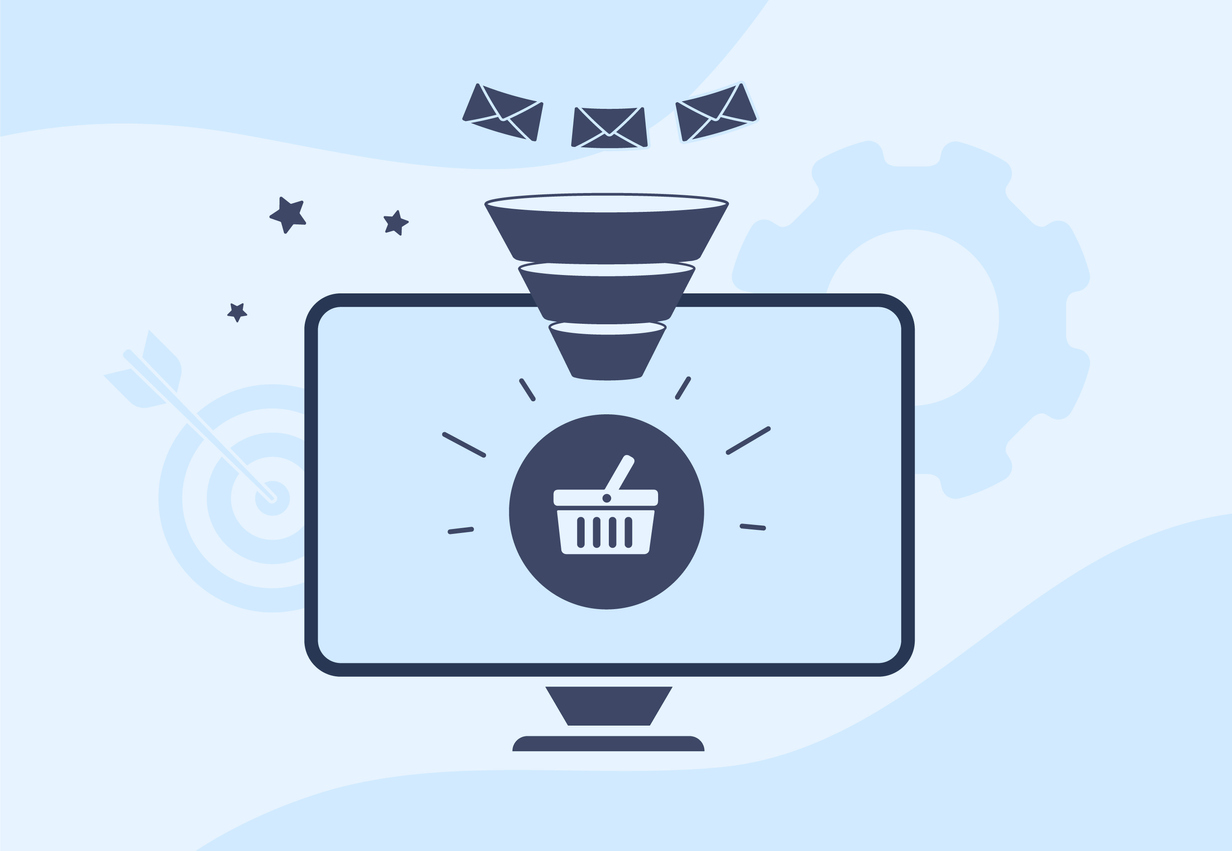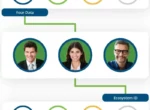 Are you currently preparing for an interview and feel marketing terms are your weakness? Settling into a new job? Or just trying to keep up with marketing terms as they change? Sitting in a client meeting or team meeting and not understanding the marketing terms being thrown around can be very stressful for anyone.
Are you currently preparing for an interview and feel marketing terms are your weakness? Settling into a new job? Or just trying to keep up with marketing terms as they change? Sitting in a client meeting or team meeting and not understanding the marketing terms being thrown around can be very stressful for anyone.A/B Testing
Every time you set up a new add say on Facebook, they want to help you out by split testing or A/B Testing. This allows you to basically set up two versions of the same ad to see which one will get more traction. You can do variations on images, subjects, keywords, colors, even send them to different landing pages. Then over time, you will see which ad gets more traffic, more conversions, etc. whatever you are testing for.
Bounce Rate
This is a term that you will hear in meetings as well as see in Analytics Reports. This refers to the number of website visitors who come to your site and do not click on to any other page than the one they land on. A higher bounce rate can hurt your Conversion Rate (see below) as your visitors are not staying long enough to fill out a form, sign up for a trial, etc.
CAN-SPAM
This is “Controlling the Assault of Non-Solicited Pornography and Marketing” and is why you are required to have an unsubscribe link in your marketing emails. This law was passed back in 2003 for the U.S.
Conversion Rate
This is an important term! It is the percentage of website visitors who do what you want them to do. Convert to an account, fill out the form, etc. The higher your conversion rate, the more successful your marketing campaign.
CTA
Call-to-Action. This link, button, text, etc. inspires a website visitor to click on a link to become a lead or prospect.
Earned Media
This is when you get consumers, followers, etc. to share your content or advertising voluntarily. For free. This includes shares on social media, blog posts written about your product, or even a mention on an interview or show.
Churn Rate
This is a handy marketing metric that calculates the value of the customers that you retain. This number is especially important to businesses that have recurring revenue because it’s not about how much you make per month if your customers are not sticking around long enough to break even on the acquisition costs. This number is calculated by taking the customers you lost and dividing that by the number of customers you had at the beginning.
PPC
Pay-Per-Click. This term refers to online advertising that is used to direct traffic to your website. You are charged when the ad gets clicked.
Ebook
This somewhat common type of website content that is used by many, usually to try and generate leads via some type of form that needs to be filled out in order to download the ebook.
Engagement Rate
This metric (for social media) is used to quantify the interaction a type of content receives in the form of shares, likes, comments, etc. What this will tell you is how much your messages are resonating with visitors and potential clients.
Evergreen Content
This is content that you put up that will constantly provide value to your visitors and/or readers regardless of if they find it today, tomorrow, or next year! Usually, any Evergreen Content will be timeless, relevant and of the highest quality.
Google+
Verbalized as Google Plus, this social network is around to enable you to join and create circles. This platform is not only for friends and family, it is also a great way to network within your industry and/or organization.
Remarketing
Remarketing is also sometimes referred to as Retargeting. This online marketing tactic will allow marketers to reach out or “remarket” to visitors who have visited their website. Think about that abandoned shopping cart that you left online at your favorite online retailer. They “remarketed” to you when they sent you that oops you forgot something email.
Workflow
This set of triggers and events describe a lead as it moves through the sales process. This can also refer to other purposes like records updating, etc.





